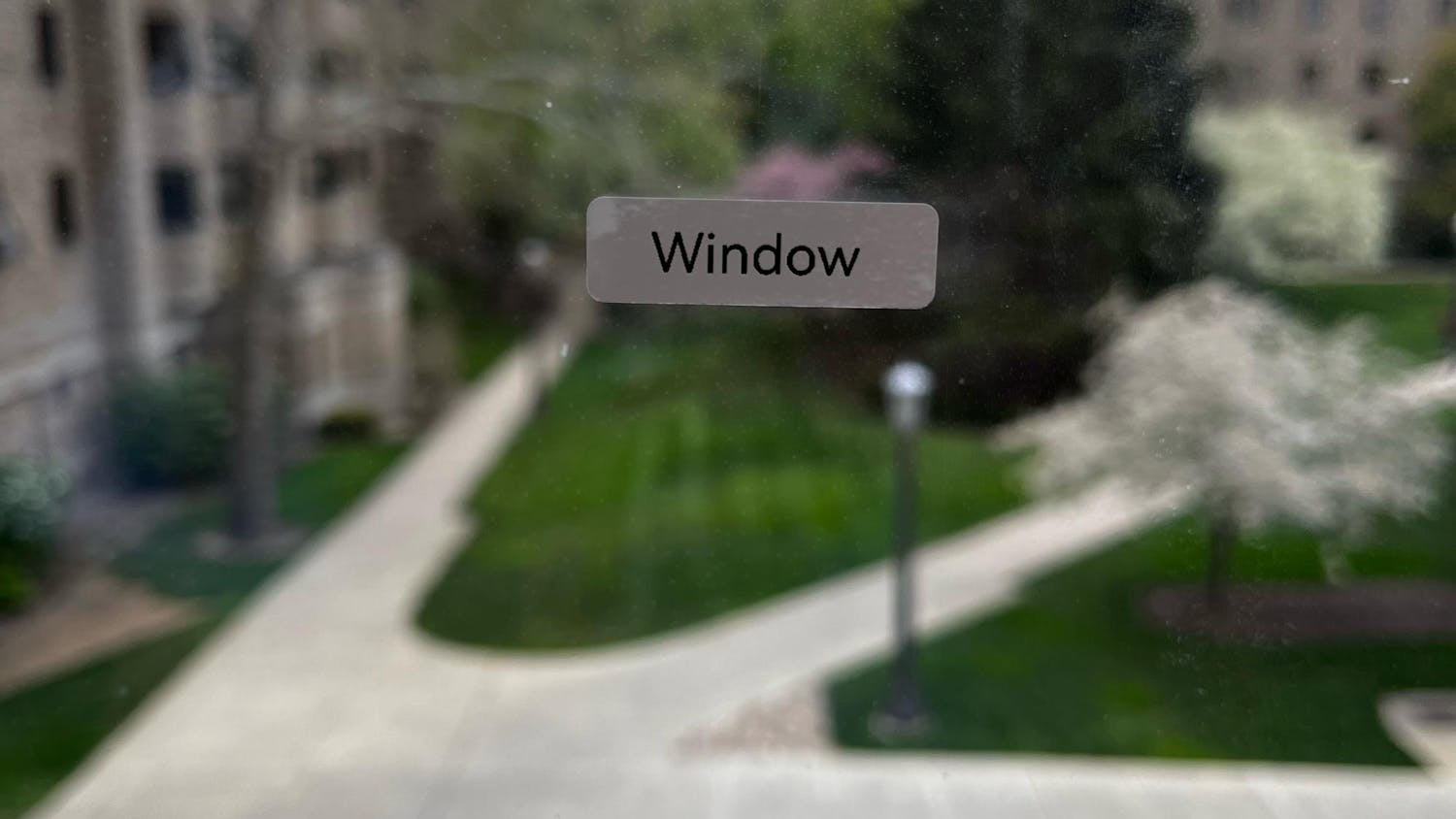With the Latino population growing at one of the fastest rates in the United States, companies and media sites try to pander to the growing group through hackneyed and stale memes about Hot Cheetos, pan dulce and overbearing family members, particularly in-laws. “Meme culture” is predominantly in the English language, and is one of the most effective ways of spreading jokes, awareness and camaraderie throughout online communities. But groups are trying to capitalize on the Hispanic population by incorporating Spanish into images that can only be “understood” by those who speak Spanish and English. Sometimes, only a few words are replaced. One example of this would be a picture of Kris Jenner with text saying “when your overdramatic tia shows up to a fiesta,” when the words “aunt” and “party” could have sufficed. What brought along these elementary incorporations of Spanish into English internet culture, creating “Spanglish,” where words are used in Spanish and English interchangeably?
“Spanglish” is something of its own nature, a mix of Spanish and English used predominantly by Latino communities in the U.S. who grew up with two cultures and two languages. Many individuals identify themselves with the merged culture, such as “Chicanos” for Mexican-Americans. But what about the language, which includes the majority of Latin America? “Spanglish” has been around for decades, and with the close proximity and huge influence Mexico and other Latino countries have in the U.S., including Puerto Rico and Cuba, “Spanglish” emerged as these groups joined large communities in various parts of the U.S. like New York, Florida and California. Many Latinos spoke Spanish with their parents and friends, but English with other members of the communities, and sometimes words just didn’t overlap. Swapping languages became natural, particularly when people understood both languages. Why dance around the word you don't know in English, when the Spanish one would suffice?
It’s become one of the more defining features of Latino culture in America; even BuzzFeed created it’s own sub-page called “Pero Like,” a “Spanglish” rendition of “but like,” which serve as filler words in both English and Spanish. The BuzzFeed offshoot targets Latinos speaking English and Spanish, also featuring memes with only one or two words in Spanish. Sometimes they are simple, like the “tia” and “fiesta” example from above, and sometimes it just replaces an entire word, like “embarrassment” with “verguenza.” It allows people to feel closer to the large and growing American Latino community, and almost makes it more personal.
Everyday use of “Spanglish” is common in workplaces with a large Hispanic population. But linguistic purists say it “muddles” the language; just as people having conversations in English incorporate Spanish words, those speaking in Spanish do the same in English. Notably, taking English verbs and conjugating with Spanish rules is the most common way of completely immersing one language into another.
Whether or not some believe it is an impurity of the language, it shows a new culture that has made its impact on America, as well as back in Spanish’s numerous home countries in Latin America, particularly Mexico. It has had its impact as being a cultural staple for many who grew up with both cultures and are able to express themselves in both languages — at once. And the increase in literature and poetic uses of Spanglish suggests that maybe, some works will need to be translated to both Spanish and English because of the fluidity of the transition between the two languages. The historical side-by-side growth of Latino and American cultures suggests that it will continue to develop, blending and mixing into a new, unique culture requiring a language of its own.













